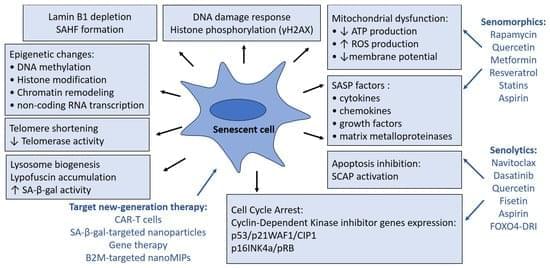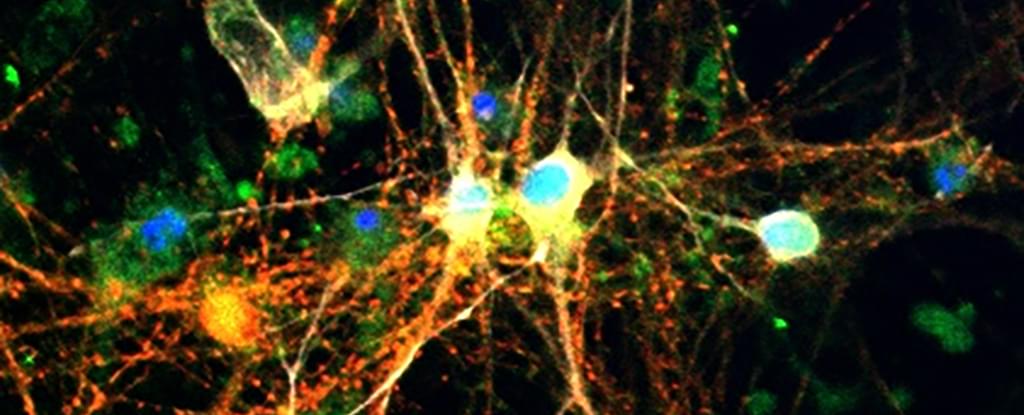Celestial objects known as dark dwarfs may be hiding at the center of our galaxy and could offer key clues to uncover the nature of one of the most mysterious and fundamental phenomena in contemporary cosmology: dark matter.
A paper published in the Journal of Cosmology and Astroparticle Physics by a team of researchers based in the UK and Hawaii describes these objects for the first time and proposes how to verify their existence using current observational tools such as the James Webb Space Telescope. The paper is titled “Dark Dwarfs: Dark Matter-Powered Sub-Stellar Objects Awaiting Discovery at the Galactic Center.”
The Anglo-U.S. team behind the study named them dark dwarfs. Not because they are dark bodies—on the contrary—but because of their special link with dark matter, one of the most central topics in current cosmology and astrophysics research.









